International trade offers huge opportunities but also comes with challenges. Among the biggest hurdles are trade barriers, which countries use to protect their local industries and control imports. For example, new reciprocal tariffs have introduced a 10% baseline rate for most imports to the U.S., with certain countries like China and India facing rates as high as 50%. These barriers fall into two main categories: tariff barriers and non-tariff barriers.
Understanding how these barriers differ is crucial for businesses, especially those shipping goods internationally, such as companies sending products from India to the USA. This blog breaks down the key differences between tariff and non-tariff barriers, their effects on trade, and strategies to manage them efficiently.
What are Tariff Barriers?
Tariff barriers refer to taxes or duties imposed on imported goods to make them more expensive than domestic products. Governments typically apply these duties to protect local industries from foreign competition. Tariffs can increase the price of goods and affect the flow of trade between countries. There are several types of tariff barriers:
- Ad Valorem Tariffs: A percentage of the product’s declared value (e.g., 10% of the cost).
- Specific Tariffs: A fixed amount charged per unit (e.g., $5 per kilogram).
- Revenue Tariffs: Mainly aimed at raising government funds rather than protecting industries.
For businesses, managing tariff costs is essential. Intoglo’s HS Code Lookup tool can help identify the correct classification for your products, ensuring that tariffs are applied correctly.
While correctly managing tariffs through accurate classification is crucial, it’s equally important to understand that not all trade barriers involve direct taxes. Many challenges arise from non-tariff barriers, which affect international trade in different but impactful ways.
What are Non-Tariff Barriers?
While tariffs directly affect the price of goods, non-tariff barriers (NTBs) are more subtle. These are regulatory measures, technical standards, and other practices that restrict or limit trade without involving tariffs. Non-tariff barriers are becoming more prominent, particularly in developed countries like the USA, where complex regulations can have a significant impact on trade flow. Some common types of non-tariff barriers include:
- Import Licensing and Quotas: Restrictions on the quantity of certain products that can be imported. These limits can disrupt the flow of goods and create bottlenecks at customs.
- Technical Barriers to Trade (TBT): These include stringent product standards, safety regulations, and labeling requirements. For instance, products like food and pharmaceuticals might face extensive checks to ensure they meet health and safety standards.
- Sanitary and Phytosanitary Measures (SPS): Regulations related to food safety, animal, and plant health. These measures often require detailed inspections of products like agricultural goods, which can delay shipments.
- Customs Procedures: Lengthy and complex customs procedures can delay shipments. This includes issues such as improper documentation, delays in HS code classification, and bureaucratic inefficiencies.
Intoglo simplifies the customs clearance process for businesses by providing real-time shipment tracking, a proprietary platform that gives full visibility from pickup to delivery. This technology, coupled with AI-powered HS Code identification, ensures your products meet all technical and regulatory requirements without delays.
To fully grasp the challenges businesses face, it’s important to clearly understand the key differences between tariff and non-tariff barriers, the two main types of trade restrictions impacting shipments worldwide.
Key Differences Between Tariff and Non-Tariff Barrier
Trade barriers come in various forms, but the two most common are tariff and non-tariff barriers. While both aim to regulate international trade and protect domestic interests, they operate in fundamentally different ways. Below is a clear comparison highlighting the main differences between tariff and non-tariff barriers:
Tariff barriers mainly increase the cost of imports through direct taxes, while non-tariff barriers create regulatory hurdles that can delay shipments and complicate compliance. Understanding these differences helps businesses adopt the right strategies.
Recognizing these differences is just the first step. To grasp their full effect, it’s important to examine how both tariff and non-tariff barriers impact international trade and the challenges they create for businesses.
Impact of Tariff and Non-Tariff Barriers on Trade
Both tariff and non-tariff barriers have a significant economic impact on international trade. While tariffs directly increase the cost of imported goods, non-tariff barriers can lead to delays and uncertainty, making it harder for businesses to plan their supply chain. Here’s how these barriers affect global trade:
1. Tariff Barriers Impact
- Increased Costs: Tariffs directly raise the price of imported goods, which can reduce profit margins or force businesses to raise product prices.
- Market Access Restrictions: High tariffs can limit foreign companies’ competitiveness, restricting their access to certain markets.
- Competitive Disadvantages: Increased costs from tariffs can make businesses less competitive compared to local producers or firms from countries with lower tariffs.
- Uncertainty in Trade Planning: Sudden tariff rate changes create unpredictability, complicating inventory and pricing decisions.
2. Non-Tariff Barriers Impact
- Delays in Shipment: Non-tariff barriers like complex customs procedures, lengthy inspections, and stringent safety requirements can delay shipments, disrupting inventory levels and delivery schedules.
- Market Access Restrictions: Quotas, licensing, and strict regulatory standards can block or limit foreign products from entering the market.
- Administrative Burdens: Compliance with varying regulations across countries increases paperwork and administrative workload, diverting resources from core business activities.
- Uncertainty in Trade Planning: Frequent changes in regulatory requirements or standards create challenges for businesses to maintain smooth supply chains and pricing strategies.
Understanding tariff and non-tariff barriers is vital for businesses shipping from India to the USA. While Intoglo‘s streamlined customs clearance and transparent pricing help minimize these barriers, developing countries still face extra challenges in compliance and market access. Let’s explore the key obstacles they encounter in international trade.
Challenges Faced by Developing Countries
Developing countries often face significant hurdles when navigating global trade, especially due to tariff and non-tariff barriers. These challenges can restrict market access and hinder economic growth.
Key Challenges:
- Limited Technical Capacity: Many developing countries lack the resources and infrastructure needed to comply with complex trade regulations and standards.
- High Tariff Burdens: Exporters from developing nations often face disproportionately high tariffs, making their goods less competitive in global markets.
- Complex Non-Tariff Measures: Stringent health, safety, and environmental standards can be difficult to meet due to limited regulatory or laboratory facilities.
- Inadequate Trade Facilitation: Inefficient customs processes and poor logistics infrastructure lead to delays and increased costs.
- Lack of Awareness and Support: Small and medium-sized businesses often have limited knowledge of trade agreements or compliance tools, reducing their ability to benefit from global trade opportunities.
Addressing these challenges requires international cooperation, capacity-building initiatives, and investment in trade-related infrastructure and education. Equally important is empowering local businesses with access to digital tools and market intelligence to compete effectively on the global stage. To overcome these hurdles, businesses and governments must adopt effective strategies.
Strategies to Manage Tariff vs Non-Tariff Barriers
While tariff and non-tariff barriers can present challenges, businesses can adopt strategies to mitigate their effects and ensure smooth cross-border trade. Proactive planning, the use of technology, and strong partnerships play a key role in overcoming these obstacles. Below are some of the common challenges businesses face in this landscape:
1. Handling Tariff Barriers
- Accurate Product Classification: Use HS codes to ensure correct tariff rates are applied.
- Leverage Free Trade Agreements (FTAs): Benefit from reduced tariffs under bilateral or multilateral agreements.
- Transparent Pricing: Anticipate tariff costs upfront to avoid surprises.
2. Managing Non-Tariff Barriers
- Meet Regulatory Requirements: Comply with technical standards, health and safety measures.
- Simplify Customs Procedures: Partner with experienced freight forwarders to navigate complex paperwork.
- Use Technology: Tools like AI-powered HS Code scanners and shipment tracking streamline compliance and reduce errors.
Intoglo supports global shippers with advanced technology and end-to-end freight solutions. From AI-powered compliance tools to streamlined documentation and logistics, Intoglo helps businesses simplify international shipping and confidently navigate complex trade environments.
Suggested Read: Get Instant FCL Shipping Quotes From India to USA: Discover how to access transparent, real-time pricing for your shipments with no hidden charges.
A key part of simplifying international shipping and avoiding delays lies in correctly classifying products using HS codes. Let’s take a closer look at why accurate classification is essential for smooth customs clearance and compliance.
Proper Classification of Products Using HS Codes
Accurate product classification using HS (Harmonized System) Codes is essential for minimizing the impact of tariff and non-tariff barriers. These internationally recognized codes help customs authorities determine the correct tariffs and regulatory requirements for each product.
Why HS Code Classification Matters:
- Regulatory Compliance: Ensures goods meet all import/export regulations.
- A Correct Tariff Application: Helps apply the correct duties, avoiding overpayment or underpayment.
- Faster Customs Clearance: Prevents delays due to misclassification or missing documentation.
- Reduces Risk of Penalties: Accurate codes help avoid fines, rejections, or shipment holds.
Example: If you’re shipping electronic goods, the appropriate HS Code is 8542. Using the correct code ensures your shipment is processed without unnecessary complications or customs delays.
Suggested Read: Footwear HS Code Guide for Import and Export: Learn how to accurately classify footwear to avoid shipping delays and tariff issues.
Intoglo’s HS Code Lookup Tool
To simplify this process, Intoglo offers an AI-powered HS Code Lookup tool. It helps businesses:
- Quickly identify the correct classification for any product.
- Reduce the risk of human error.
- Streamline compliance with international trade regulations.
Accurate classification is a simple but powerful step toward smooth global trade operations. It ensures compliance with international regulations, reduces the risk of costly errors, and accelerates customs clearance. By getting it right from the start, businesses can avoid delays, penalties, and disruptions in their supply chain.
Sick of missing invoices and other data in QuickBooks?
See Method’s two-way syncConclusion
Tariff and non-tariff barriers both shape global trade but operate differently. Tariffs affect the price of goods directly, while non-tariff barriers impose regulatory hurdles and delays. Businesses shipping internationally must understand these differences to plan effectively.
By combining accurate classification, compliance with regulations, and the support of technology and expert partners, companies can reduce the risks and costs associated with these barriers.
For businesses looking to ship products from India to the USA, Intoglo offers door-to-door FCL shipping, customs clearance services, and cutting-edge technology solutions like the HS Code Finder to ensure hassle-free and efficient trade. With Intoglo’s transparent pricing, real-time tracking, and expert compliance support, businesses can focus on expanding their markets without worrying about trade barriers.
Tired of hidden fees and customs delays? Get a free quote from Intoglo and simplify your next shipment. We help you cut through tariff and non-tariff barriers, streamline documentation, and eliminate unexpected costs. Start shipping smarter today.
FAQs
1. What are tariff and non-tariff barriers?
Tariff barriers are taxes on imports that increase their cost. Non-tariff barriers are regulations, standards, or procedures that restrict trade without direct taxes.
2. How do tariffs and non-tariff barriers affect trade?
Tariffs raise product prices, while non-tariff barriers cause delays, increase compliance costs, and restrict market access.
3. How can businesses overcome these barriers?
By using AI compliance tools, leveraging free trade agreements, partnering with experienced freight forwarders, and ensuring accurate HS code classification.
4. Why is HS code classification important?
It determines correct tariffs and regulatory requirements, helping avoid shipment delays and penalties.
5. How does Intoglo help with these barriers?
Intoglo provides AI-powered HS code tools, transparent pricing, real-time shipment tracking, and expert customs support to simplify international shipping.


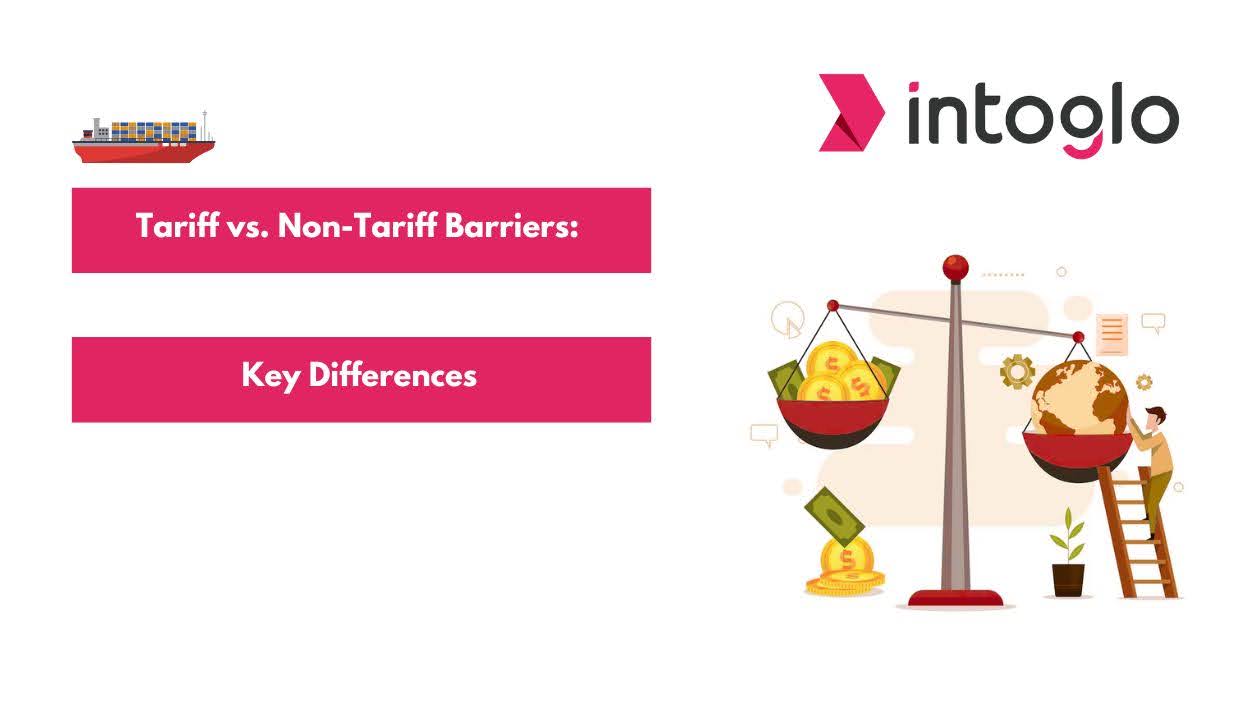
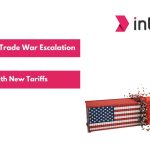
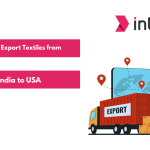
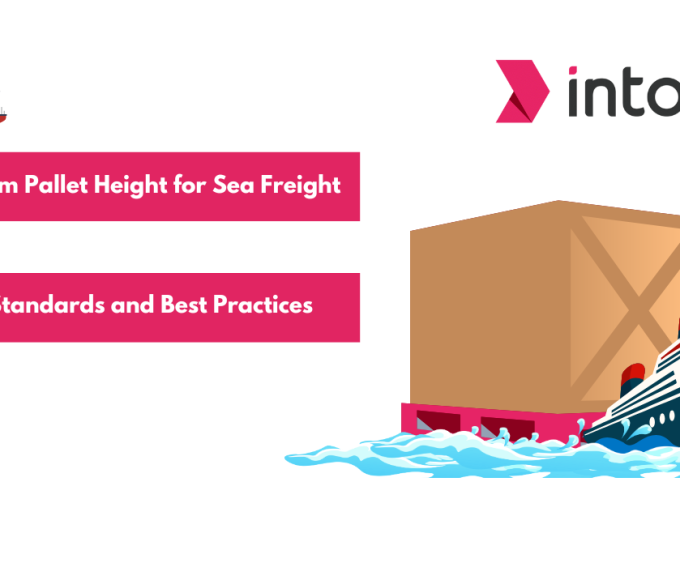

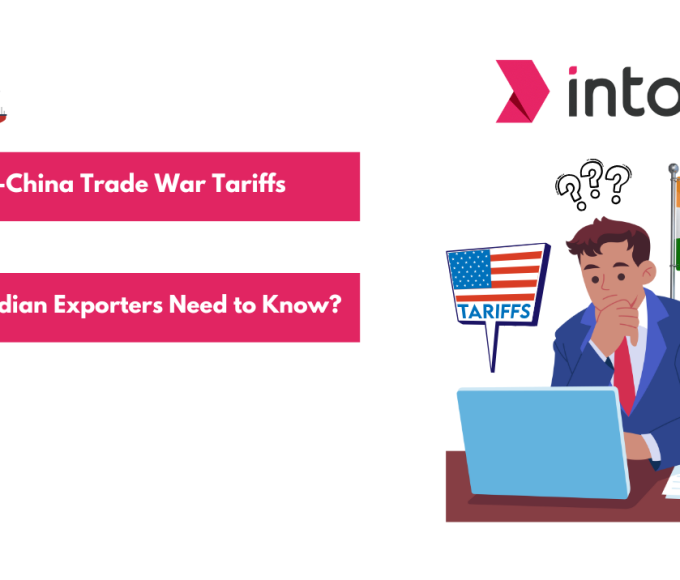

Leave a comment